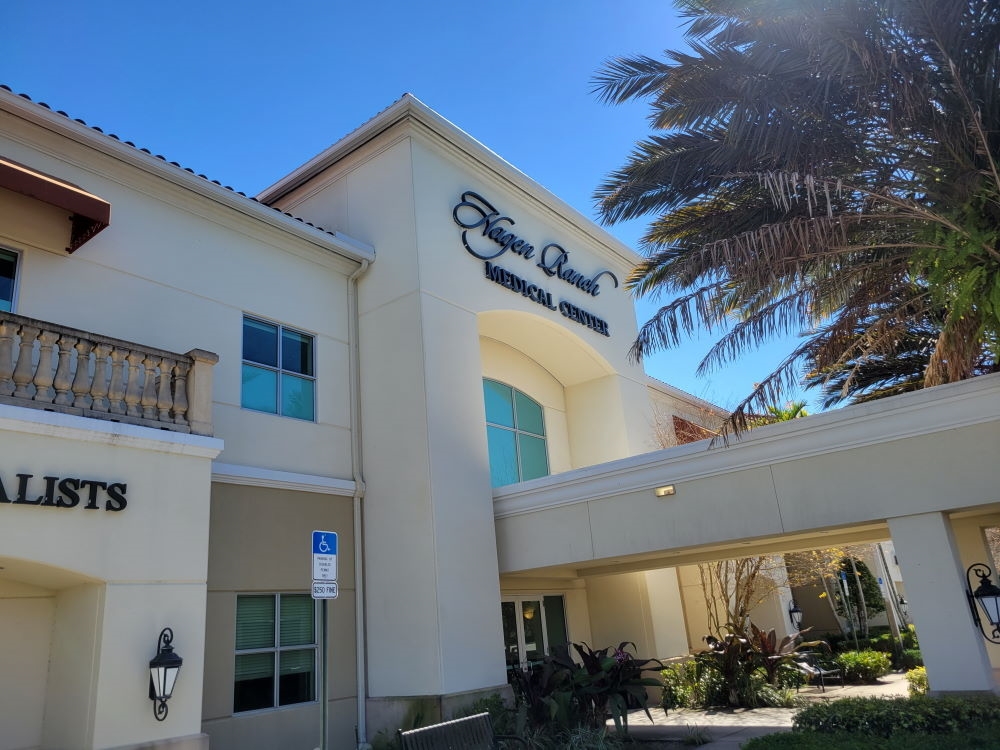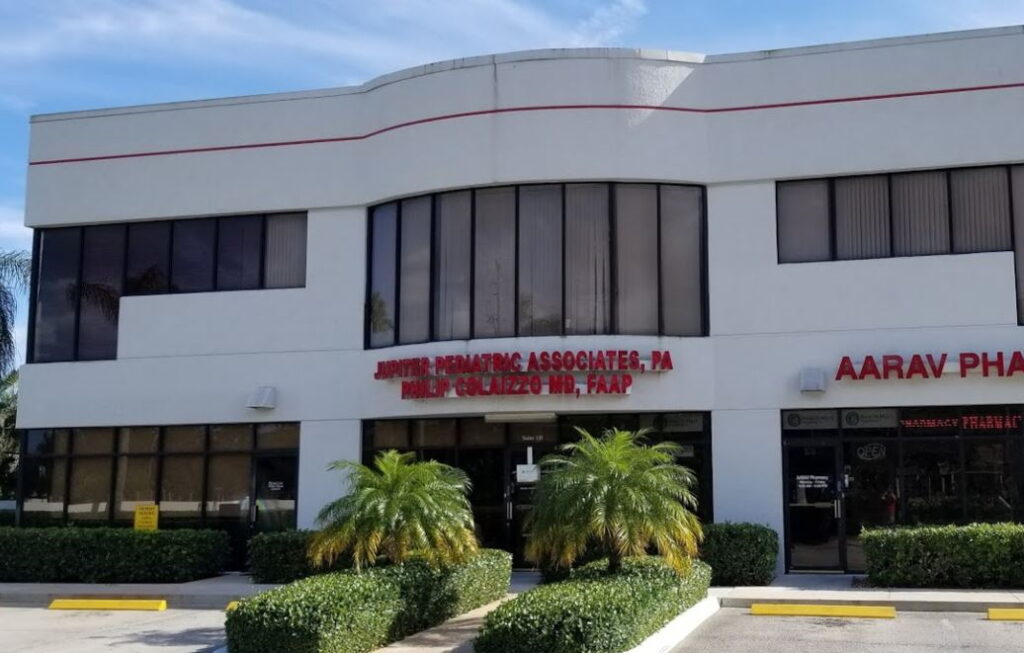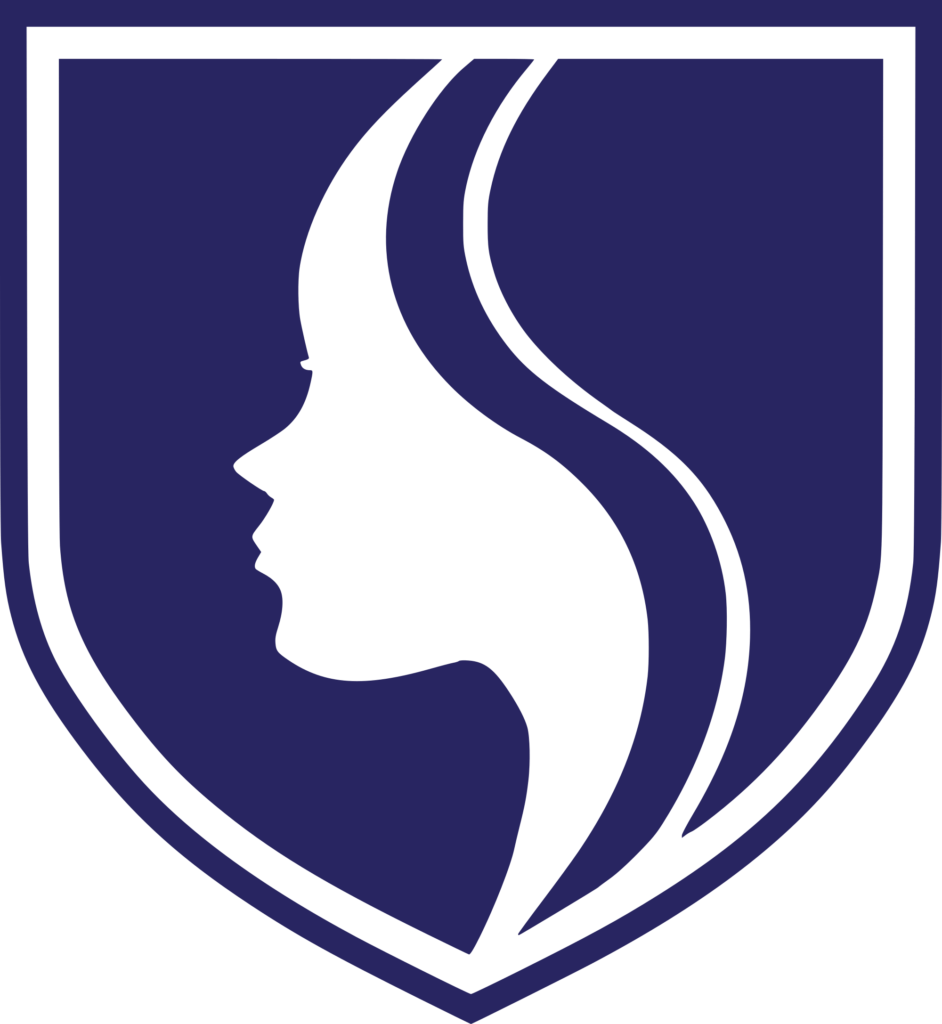Boynton Beach
10150 Hagen Ranch Rd
Jupiter
6650 W Indiantown Rd
10150 Hagen Ranch Rd
6650 W Indiantown Rd
The human body contains three pairs of turbinates – long, curled nasal bones that warm and humidify inhaled air and regulate breathing through the nasal passages. The turbinates are classified as inferior, middle, and superior and all are divided by the septum. When they become swollen and enlarged, they can interfere with breathing.
 The turbinates are crucial in allowing us to breathe properly. Allergies, viral infections, exposure to environmental irritants and a deviated septum can cause them to swell. Inferior turbinates that swell to the point where they cause a nasal obstruction are known as hyperplastic turbinates.
The turbinates are crucial in allowing us to breathe properly. Allergies, viral infections, exposure to environmental irritants and a deviated septum can cause them to swell. Inferior turbinates that swell to the point where they cause a nasal obstruction are known as hyperplastic turbinates.
Symptoms may be mild to severe. Minor cases may respond successfully to over-the-counter decongestants, but these bring temporary relief and should not be continued for more than three or four days or they can cause symptoms to worsen. Topical nasal steroids and sprays may also be effective, and antibiotics are occasionally useful in treating congestion caused by sinusitis. But in many cases, medical treatment is ineffective; hyperplastic turbinates often require surgery.
A number of surgical procedures are effective in treating hyperplastic turbinates. These include:
Scheduling an appointment is easy. Just click the “SCHEDULE ONLINE” button on any page of this website, or call our main number at (561) 736-8141.
We are the region’s only all Fellowship Trained adult and pediatric ENT specialists. The physicians and staff at ENT Specialists have been treating patients throughout all of South Florida since 1995. We can usually accommodate same-day and next-day appointments.

Most insurance plans accepted.

OFFICE HOURS
Mon: 9:00am – 5:00pm
Tue: 9:00am – 5:00pm
Wed: 9:00am – 5:00pm
Thu: 9:00am – 5:00pm
Fri: 9:00am – 5:00pm

ENT Specialists
10150 Hagen Ranch Rd
Boynton Beach, FL 33437
(561) 736-8141

ENT Specialists
6650 W Indiantown Rd
Jupiter, FL 33458
(561) 736-8141

NEW PATIENTS
Welcome!
To register in our patient portal and schedule your first appointment

RETURNING PATIENTS
Welcome Back!
To sign in to your patient portal account and schedule your next appointment